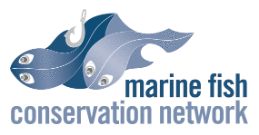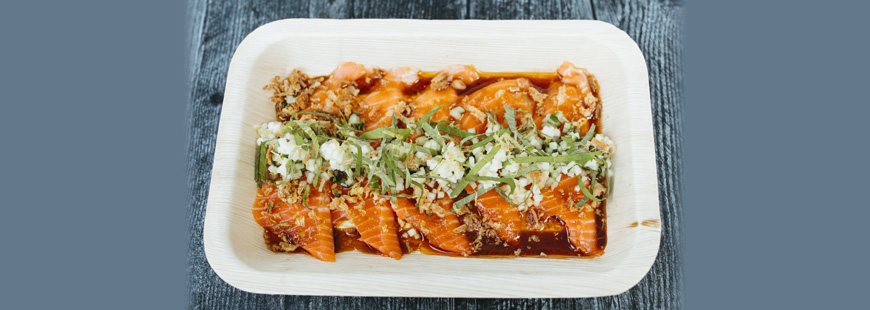National Seafood Month has arrived, and we have much to celebrate across America, especially here in the Pacific Northwest. Our region is blessed with an abundance of seafood, from the salmon, halibut, and spot prawns harvested wild in Alaska to sustainably farmed manila clams, oysters and geoduck from Washington. The varieties are endless and the flavors unique.
Perhaps even greater than the range of options, we celebrate the sustainability of our West Coast fisheries. Success stories of rebuilt fisheries are great ways to recognize the hard work of fisheries managers and the fishermen & women who work tirelessly and make incredible sacrifices in order to rebuild depleted populations back to sustainable levels. This hard work and sacrifice have rebuilt a variety of West Coast species including petrale sole, lingcod, many rockfish species, and bluefin tuna, an ongoing work in progress. Many species like swordfish and Pacific sardines continue to rebuild, so the work is not done. And there are many effectively managed species that remain stable year after year, including dungeness crab, bay shrimp, hake, and albacore tuna.
As we roll deeper into fall, the wild salmon season is winding down, with only Southeastern Alaska coho and some king salmon from the southern Oregon Coast still available. Alaska halibut season will soon close, and we’ll make our way through winter with more groundfish species like petrale sole, black cod, and rockfish, along with some exotic tuna species from Hawaii and sustainably farmed shellfish.
As a second-generation fishmonger and restaurateur, I’ll always have a place for wild harvested fish in the market and restaurant. Increasingly, however, sustainably farm-raised seafood plays a crucial role in providing a fresh product when wild harvested fish is unavailable. This includes not only dependable shellfish farms, but even some fish farms, like the Native-managed steelhead product in northeastern Washington that my fish market has sold (and smoked!) for years.
Lots of great cookbooks, such as Mark Bittman’s Fish, will help you get creative with what the season has to offer. And presented here, a sample super seafood day.
Let’s start by buying some local oysters and shuck ’em at home. (Here’s a great oyster shucking tutorial.) Serve the freshly shucked oyster with a squeeze of lemon and a simple mignonette (here’s Martha Stewart’s), slurp it back, and picture yourself on the beach enjoying the aromas of coastal mist on the seashore.
Next, let’s cook up some lunch featuring a pan seared albacore tuna sandwich. Sear the tuna on high heat for 30 seconds on each side — don’t overcook it! We’ll keep the sandwich simple with a toasted ciabatta bun, lettuce, tomato, mayo, and basil pesto, with a dash of kelp chili crisp for an added splash of sea heat.
Finally, let’s go all in for dinner with a roasted halibut fillet, served with fingerling potatoes, steamed broccoli, and chimichurri sauce to smother all over. (This recipe from The Kitchn covers the fish and chimichurri.)
And that’s just a single day! It’s National Seafood Month, so there’s plenty of time to explore the fish and shellfish options wild harvested and responsibly produced here in the USA. Once you start asking the questions of where products are from and how they were produced, you’ll make the best choices from the information you gather. In doing so, you’ll help support our coastal communities, regional distribution channels, and local retailers. I hope you enjoy your explorations!


